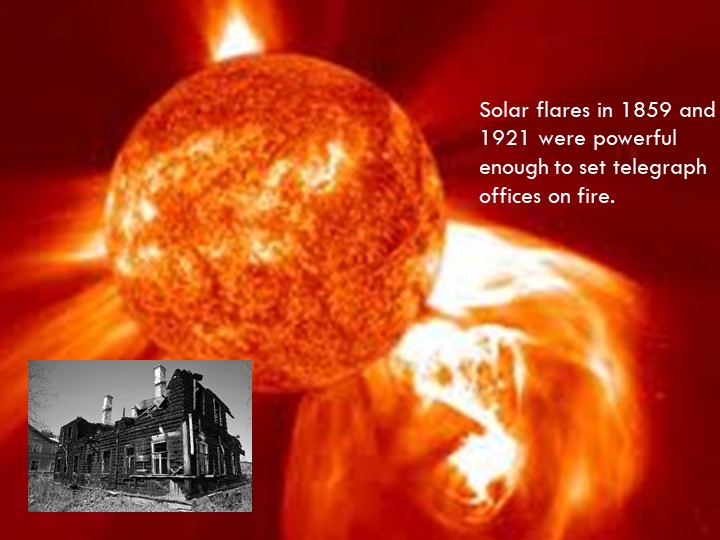Image: NASA & Shutterstock
Blog Editor’s Note: An interesting article with more background on the history of huge Coronal Mass Ejections than we normally see.
While many claim GPS satellites are constructed to withstand the rigors of space weather, it is unlikely they would be able to survive the most severe events described.
But then would any electrical or electronic system on the ground be able to survive? Who knows?
A new terrestrial navigation and timing system, though, would certainly have a better chance of surviving or being restored to operation than a space-based system. Let’s think of some advantages:
- More natural protection than systems in space – further away, more shielding from Earth’s magnetic field
- Fewer size and weight constraints for shielding, isolation, reset equipment
- New system design can incorporate latest insulation and protection techniques
- More easily accessed and repaired if damaged
Scientists estimate that in the next 10 years there is a 35% to 45% chance of a CME large enough to disrupt GPS service for several days, and a 4% 12% chance for a much worse Carrington-like event that could damage satellites.
Don’t get us wrong. We recognize that everything is connected to everything. And a catastrophic CME would be … catastrophic. But the way to make our interconnected world stronger and more resilient is for each of us to do the best we can in our own areas of influence.
So let’s move US PNT from “a single point of failure” to “as strong as it can be.”

A large solar storm could knock out the power grid and the internet – an electrical engineer explains how
David Wallace, Mississippi State University
On Sept. 1 and 2, 1859, telegraph systems around the world failed catastrophically. The operators of the telegraphs reported receiving electrical shocks, telegraph paper catching fire, and being able to operate equipment with batteries disconnected. During the evenings, the aurora borealis, more commonly known as the northern lights, could be seen as far south as Colombia. Typically, these lights are only visible at higher latitudes, in northern Canada, Scandinavia and Siberia.


